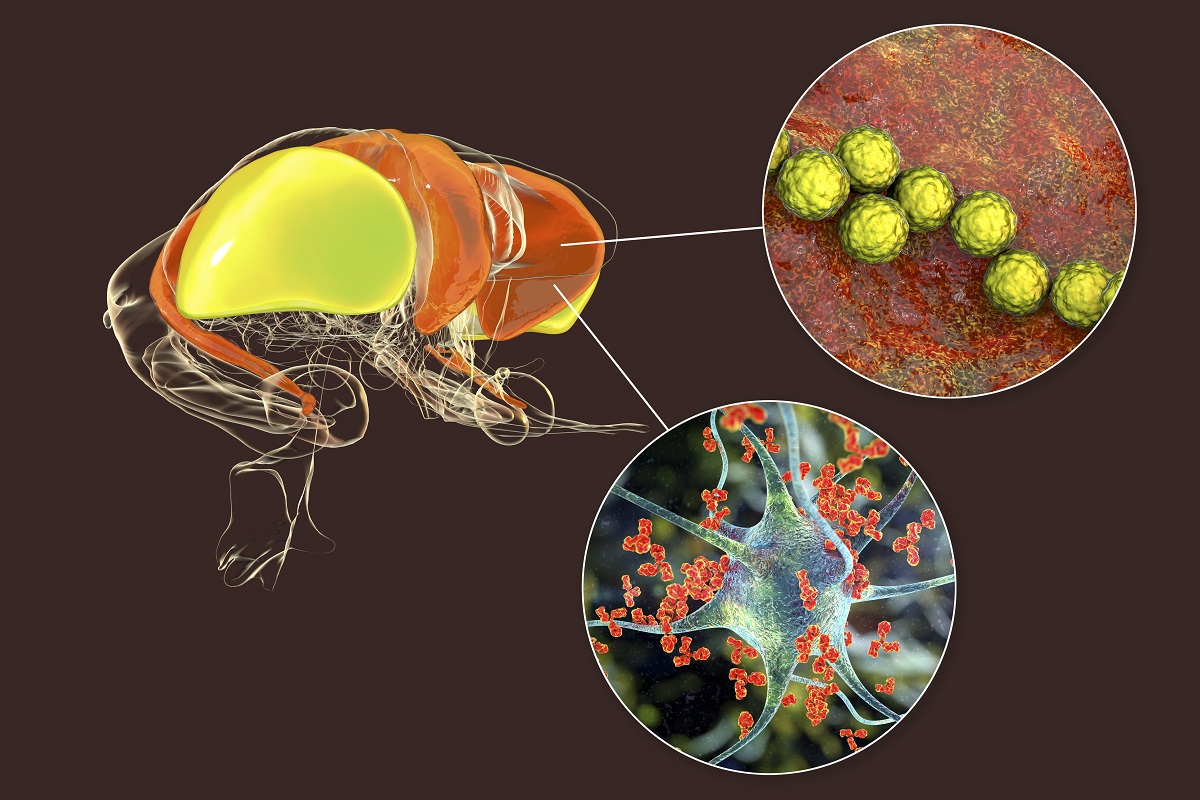KEY TAKEAWAYS
- The study aimed to investigate the role of HHLA2 in the tumor microenvironment of LSCC and its potential as a prognostic biomarker.
- Researchers found HHLA2 to be a superior prognostic biomarker for OS in LSCC, outperforming other immune checkpoints.
HHLA2 (human endogenous retrovirus-H long terminal repeat-associating protein 2) is a recently identified member of the B7 immune checkpoint family, known for its limited expression in normal tissues but significant overexpression in various cancers. Its precise function and interaction with immune cells, particularly in laryngeal squamous cell carcinoma (LSCC), remain poorly understood.
Wenjing Li and the team aimed to clarify the biological significance of HHLA2 in the LSCC tumor microenvironment and explore its clinical relevance and functional roles in LSCC pathogenesis.
They performed an inclusive analysis using multiplexed immunohistochemistry on tissue microarrays from patients with LSCC (n = 72). The study assessed the expression levels of HHLA2 and evaluated the density and spatial distribution of M1 macrophages (CD68+HLA-DR+CD163–), CTLA-4+Treg cells (CTLA-4+CD4+FoxP3+), CTLA-4+Tcon cells (CTLA-4+CD4+FoxP3–), exhausted CD8+T cells, and terminally exhausted CD8+T cells in LSCC tissues.
Survival analysis was conducted to determine the prognostic significance of HHLA2 and these immune checkpoints or immune cell populations, using COX regression analysis to identify independent prognostic factors.
About the results, Kaplan-Meier (K-M) survival curves demonstrated a significant association between HHLA2 expression and overall survival (OS) in LSCC. Higher HHLA2 levels were correlated with diminished patient survival, suggesting its potential as a prognostic marker (HR: 3.230, 95% CI 0.9205-11.34, P = 0.0067).
Increased infiltration of CD68+ cells (total macrophages), STING+CD68+HLA-DR+CD163- (STING+M1 macrophages), CTLA-4+CD4+FoxP3+, CTLA-4+CD4+FoxP3-, PD-1+LAG-3+CD8+T cells, and PD-1+LAG-3+TIM-3+CD8+T cells was strongly associated with poorer survival outcomes (P < 0.05).
A notable trend was observed linking the levels of these immune cell populations, including STING+CD68+(STING+ total macrophages), CD68+HLA-DR+CD163-, STING+CD68+CD163+HLA-DR- (STING+M2 macrophages), PD-1+LAG-3-CD8+T cells, PD-1+TIM-3+CD8+T cells, and PD-1+LAG-3+TIM-3-CD8+T cells, with prognosis. Importantly, multivariate COX analysis identified HHLA2 as an independent predictive factor for OS in patients with LSCC (HR = 3.86, 95% CI 1.08-13.80, P = 0.038), highlighting its potential as a critical marker for predicting patient outcomes in LSCC.
The study concluded that HHLA2 emerged as a detrimental prognostic biomarker for assessing OS in patients with LSCC. Compared to other immune checkpoints, HHLA2 demonstrated enhanced predictive efficacy for LSCC prognosis.
No funding information was given.
Source: https://pubmed.ncbi.nlm.nih.gov/39105870/
Li W, You J, Xue H, et al. (2024). Unlocking the potential of HHLA2: identifying functional immune infiltrating cells in the tumor microenvironment and predicting clinical outcomes in laryngeal squamous cell carcinoma. Cancer Immunol Immunother. 2024 Aug 6;73(10):207. doi: 10.1007/s00262-024-03791-6. PMID: 39105870; PMCID: PMC11303638.



